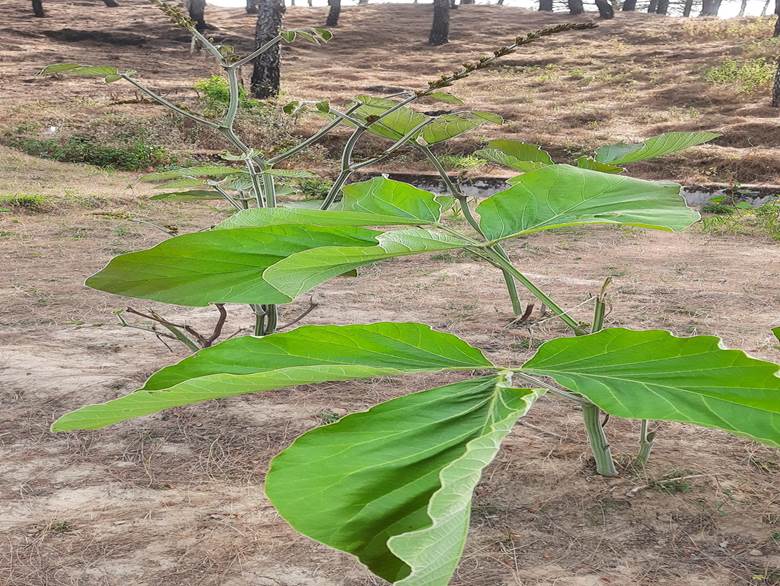Description

Copyright infringement is not intended
Context: Three medicinal plant species found in the Himalayas have made it to IUCN Red List of Threatened Species following a recent assessment. Meizotropis pellita has been assessed as ‘critically endangered’, Fritilloria cirrhosa as ‘vulnerable’, and Dactylorhiza hatagirea as ‘endangered’.
.jpg)
Details:
- Meizotropis pellita, commonly known as Patwa, is a perennial shrub with restricted distribution that is endemic to Uttarakhand. “The species is listed as ‘critically endangered’ based on its limited area of occupancy (less than 10 sq. km),”. The species is threatened by deforestation, habitat fragmentation and forest fires. The essential oil extracted from the leaves of the species possesses strong antioxidants and can be a promising natural substitute for synthetic antioxidants in pharmaceutical industries.
- Fritillaria cirrhosa(Himalayan fritillary) is a perennial bulbous herb. It is reasonable to conclude a decline of at least 30% of its population over the assessment period (22 to 26 years). Considering the rate of decline, long generation length, poor germination potential, high trade value, extensive harvesting pressure and illegal trade, the species is listed as ‘vulnerable’. In China, the species is used for the treatment of bronchial disorders and pneumonia. The plant is also a strong cough suppressant and source of expectorant drugs in traditional Chinese medicine.
- The third listed species, Dactylorhiza hatagirea(Salampanja), is threatened by habitat loss, livestock grazing, deforestation, and climate change. It is extensively used in Ayurveda, Siddha, Unani and other alternative systems of medicine to cure dysentery, gastritis, chronic fever, cough and stomach aches. It is a perennial tuberous species endemic to the Hindu Kush and Himalayan ranges of Afghanistan, Bhutan, China, India, Nepal, and Pakistan.
.jpg)
https://www.thehindu.com/sci-tech/energy-and-environment/three-himalayan-medicinal-plants-enter-iucn-red-list/article66243601.ece






.jpg)






